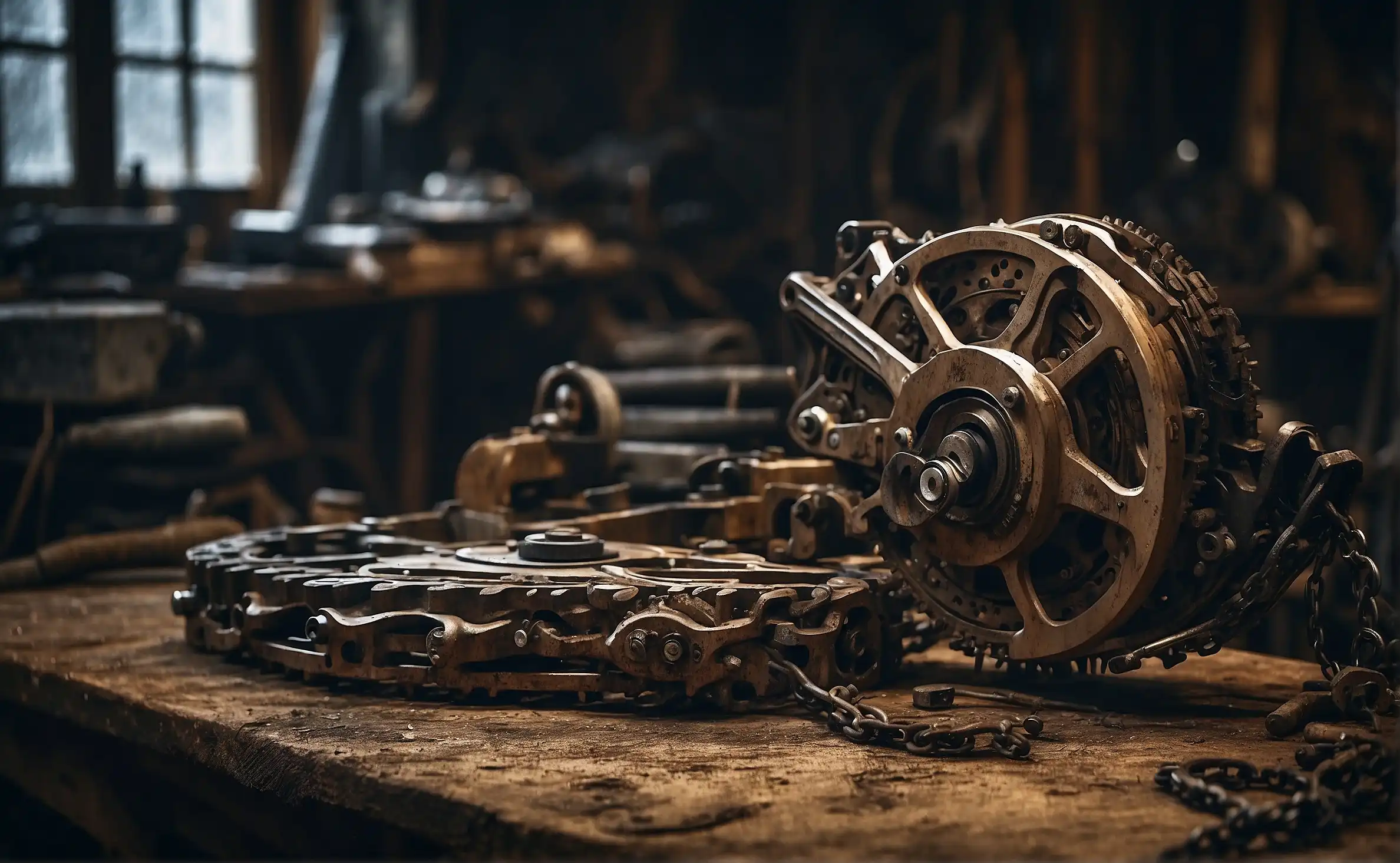A bad chainsaw clutch may cause chain slippage, excessive heat, unusual noise, or difficulty in spinning the chain, indicating wear or damage.
For any chainsaw user, identifying a bad clutch is crucial for effective and safe operation. The clutch is a key component that engages the chainsaw’s chain when the engine reaches a certain speed. If your clutch is failing, it can lead to poor performance and can even be a safety hazard. In this article, we’ll cover how to diagnose a bad chainsaw clutch with simple steps so you can keep your equipment running at its best.
Understanding the Chainsaw Clutch System
Before we dive into diagnosing a bad clutch, it’s important to understand how the chainsaw clutch operates. The clutch connects the engine to the chain sprocket and allows your chainsaw’s engine to run without always turning the chain. When the engine reaches a certain speed, the centrifugal force causes the clutch to engage, which then turns the chain.
Signs of a Bad Chainsaw Clutch
- Excessive Heat: A clutch that’s not disengaging properly will generate a lot of heat due to the friction.
- Smell of Burning: If you notice a burning smell while operating the chainsaw, it could be a sign that the clutch is overheating.
- Slipping Chain: A worn-out clutch can cause the chain to slip while cutting, which is a direct indicator of a clutch problem.
- Difficulty Accelerating: If the chainsaw is slow to accelerate, or the chain doesn’t move at all, it may be due to clutch issues.
- Noisy Operation: Unusual noise coming from the clutch area could be a sign that your clutch is on its last legs.
Diagnosing Your Chainsaw’s Clutch
Follow these steps to diagnose if your chainsaw clutch is bad:
- Disengage the chainsaw chain brake.
- Remove the side cover by unscrewing the nuts that hold it in place to expose the clutch.
- Inspect the clutch for visible damage, such as broken springs or worn out clutch shoes.
- Check for signs of excessive heat, such as blueing or discoloration of the metal.
- Try rotating the clutch by hand. It should spin freely without engaging the chain.
- If the clutch does not spin freely or shows visible damage, it likely needs replacement.
Know more: Which Way to Install Chainsaw Chain
Common Clutch Problems and Solutions
| Problem | Symptoms | Solution |
|---|---|---|
| Worn Clutch Shoes | Slipping chain, inability to cut efficiently | Replace clutch shoes or entire clutch assembly |
| Stuck Clutch | Chain does not stop when engine idles | Clean or replace the clutch, ensure proper lubrication |
| Burnt Clutch | Burning smell, excessive heat, discoloration | Replace the clutch and inspect the chainsaw for proper operation |
Maintaining Your Chainsaw’s Clutch
- Regularly clean the clutch and sprocket area to prevent buildup of sawdust and debris.
- Ensure the chainsaw chain is properly tightened and lubricated to reduce strain on the clutch.
- Use the correct type and size of chain for your chainsaw model.
- When not in use, store the chainsaw in a clean and dry place to avoid corrosion on the clutch assembly.
Final Thoughts
Understanding how to tell if your chainsaw clutch is bad is essential for every chainsaw owner. Regular checks and maintenance can extend the life of your clutch and improve the overall performance of your chainsaw. If you’re ever in doubt about the condition of your chainsaw’s clutch, be sure to consult with a professional or take your chainsaw to a certified technician for proper diagnosis and repair.
Uncover the secrets of chainsaw mastery by exploring more in our Knowledge section, where Chainsaw Hive brings you closer to becoming a chainsaw expert.
